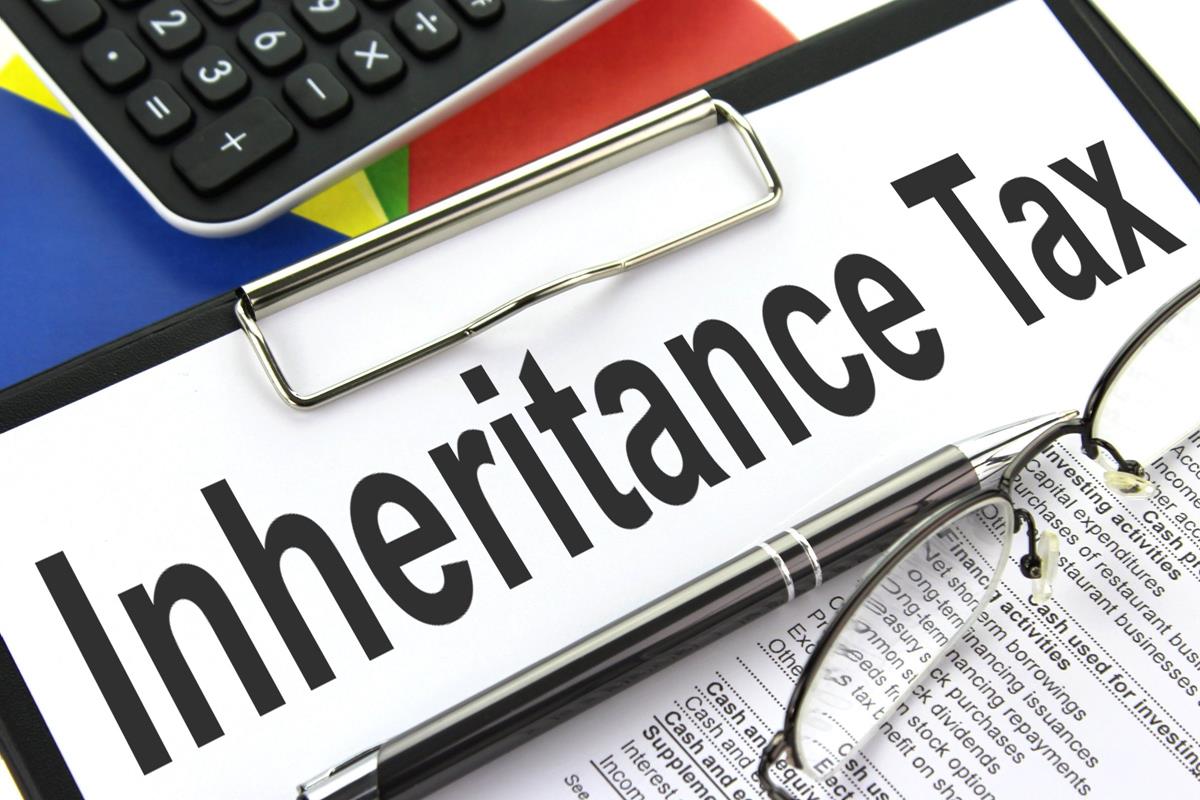HMRC has reported that it has received £2.9bn in receipts for inheritance tax (IHT) between April and August.
The figure is around £300m higher than the same period last year.
HMRC had received £2.4bn in IHT receipts from the start of the financial year up to the end of July, meaning around a further £500m in IHT receipts was taken over the course of August.
So far this year, a record high figure for receipts in June can be attributed to a small number of higher-value payments than usual, HMRC added.
Commenting, tax partner at Evelyn Partners, Julia Rosenbloom, said that the latest reported year-on-year rise for IHT receipts will be “welcomed” by the Treasury, given it is “under pressure” to pay for Liz Truss’s pledges to reverse the recent national insurance increase and the scheduled corporation taxes increases, as well as fund the energy plan announced earlier this month.
“While the outlook for IHT is uncertain, more families are already being pushed into its scope given frozen allowances and rising house prices – even before any possible changes are made by the new Truss administration,” Rosenbloom said.
“The nil rate band and residence nil rate band, which have been frozen until at least April 2026, are pushing IHT receipts upwards, so people should give careful thought to their tax planning to help minimise the chances of being hit by a hefty IHT bill.
“Families should regularly review their tax planning and take a close look at the allowances available to them to ensure they don’t end up paying more tax than they need to. By considering tax planning strategies such as making gifts to family members or investing tax-efficiently there are a number of legitimate ways families may be able to reduce or eliminate their IHT bills.”
Group communications director at Just Group, Stephen Lowe, added: “Our recent analysis found that over-55s have seen their property wealth grow by £1bn a day between the start of the pandemic and June 2022, reaching a total value of around £4.4trn. It’s likely many homeowners are unaware of the tax sting in the tail of this property windfall.
“With the nil rate bands – the size of the estate that can be left without paying any IHT – set to remain frozen until 2026, it is increasingly likely that a higher proportion of estates will trip into the threshold over the coming years. It is important that people regularly assess the full value of their estate so they get a clear picture of whether inheritance tax will affect them and understand what steps they can take to mitigate it.
“For some people, options such as lifetime mortgages may be a good option to unlock a portion of the wealth tied up in bricks and mortar. Passing on this wealth through ‘living inheritances’ allows people to see the benefit for recipients particularly if it helps loved ones through the current cost of living crisis, and it can minimise the IHT payable on their estates.”
Latest News
-
Targeted support applications to open from March 2026
-
19 firms join forces to launch new retail investment campaign
-
Four in five bridging professionals confident about 2026 market outlook
-
Söderberg & Partners invests in UK group rockwealth
-
SME lending grows again in Q3 – UK Finance
-
Titan Wealth acquires Morgans Ltd
Perenna and the long-term fixed mortgage market

Content editor, Dan McGrath, spoke to head of product, proposition and distribution at Perenna, John Davison, to explore the long-term fixed mortgage market, the role that Perenna plays in this sector and the impact of the recent Autumn Budget
The role of the bridging market and technology usage in the industry
Content editor, Dan McGrath, sat down with chief operating officer at Black & White Bridging, Damien Druce, and head of development finance at Empire Global Finance, Pete Williams, to explore the role of the bridging sector, the role of AI across the industry and how the property market has fared in the Labour Government’s first year in office.
NEW BUILD IN FOCUS - NEW EPISODE OF THE MORTGAGE INSIDER PODCAST, OUT NOW

Figures from the National House-Building Council saw Q1 2025 register a 36% increase in new homes built across the UK compared with the same period last year, representing a striking development for the first-time buyer market. But with the higher cost of building, ongoing planning challenges and new and changing regulations, how sustainable is this growth? And what does it mean for brokers?
Does the North-South divide still exist in the UK housing market?

What do the most expensive parts of the country reveal about shifting demand? And why is the Manchester housing market now outperforming many southern counterparts?
In this episode of the Barclays Mortgage Insider Podcast, host Phil Spencer is joined by Lucian Cook, Head of Research at Savills, and Ross Jones, founder of Home Financial and Evolve Commercial Finance, to explore how regional trends are redefining the UK housing, mortgage and buy-to-let markets.
In this episode of the Barclays Mortgage Insider Podcast, host Phil Spencer is joined by Lucian Cook, Head of Research at Savills, and Ross Jones, founder of Home Financial and Evolve Commercial Finance, to explore how regional trends are redefining the UK housing, mortgage and buy-to-let markets.
© 2019 Perspective Publishing Privacy & Cookies











Recent Stories